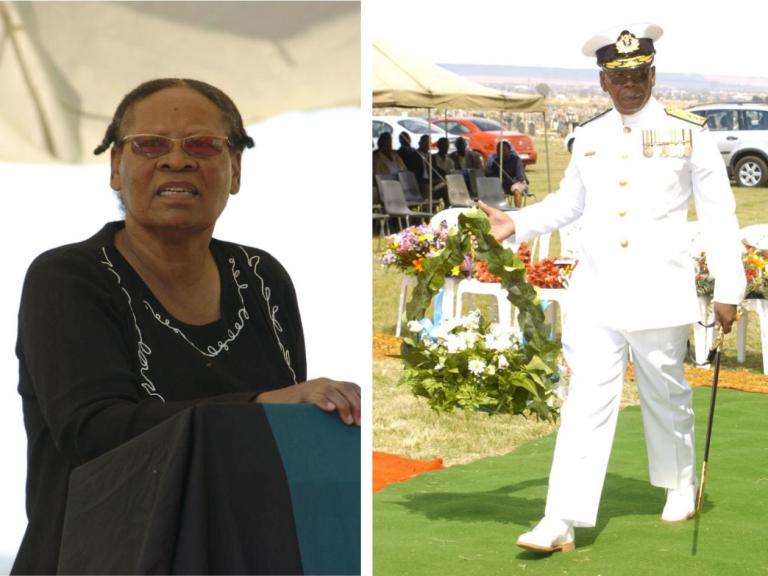Today (Friday 25th June) is International Day of the Seafarer. Against the background of the severe difficulties that Coronavirus has caused those who make their livings at sea, trapping many on their ships, we are looking at some of the difficult experiences faced by the crews of the historic ships we investigate as shipwrecks.
Royal James
Serving at sea in times of war can be a terrifying experience. So it was to prove for Captain Haddock - no, not that Captain Haddock, but the captain of His Majesty’s magnificent First Rate warship the Royal James. This was one of the great battleships of Charles II’s fleet and Haddock experienced more terror aboard it than most seafarers experience in a lifetime.
After having had to make a humiliating peace at the end of the Second Anglo-Dutch War, in 1672 Charles allied with the ‘Sun King’ of France, Louise XIV, to attack the Dutch Republic. Whilst Louise’s powerful French army invaded the Netherlands, the combined Allied fleet tried to win the war at sea and mount an amphibious invasion. However, things didn’t go too well and the Dutch fleet managed to surprise the Allies at anchor off Southwold in June 1672. Although light winds meant that Haddock was able to get his ship underway, during the fierce fight that followed his ship was isolated by the Dutch and bombarded from all sides. Nevertheless, the Royal James proved a tough nut to crack and several of the attacking Dutch ships were badly damaged.

Above: Sir Richard Haddock by Johann Clostermann (Public domain, via Wikimedia Commons)
The fight proved particularly painful for Haddock, who subsequently recounted that “Near 12 o’clock I was shot in the foot with a small shot [Haddock was hit by a musket ball fired by a Dutch sniper]…which in a short time filled my shoe full of blood, forced me to go down [below decks] to be dressed”. Haddock continued to direct the fight whilst “one of the chirurgeons [surgeons, working without anaesthetic] was cutting off the shattered flesh and tendons of my toe”. Haddock’s bravery and resistance to pain ultimately counted for nothing, because soon after he was bandaged up a Dutch ‘fireship’ managed to collide with and grapple securely to the Royal James. Fireships, called the ‘devils of the sea’ because they were deliberately set on fire and aimed at enemy warships, terrified the seamen of the time and, unable to free itself, the Royal James was soon ablaze, with no hope of putting the fires out. Some of its surviving crew, including the injured Haddock, managed to abandon the ship and were rescued.
Wessex Archaeology is currently carrying out a scoping study of the Battle of Sole Bay for Historic England to help Mike and Andy, two local volunteer divers searching for the Royal James and other wrecks of the battle. We are drawing together historical accounts of the battle such as Captain Haddock’s with other evidence to narrow down the search area. We’ll let you know how they get on in a future blog.
SS Mendi
Captain Henry Yardley was another captain who lost his ship in war, but this time it was because of a deadly accident in fog rather than an enemy attack. Yardley was the captain of the Mendi, a passenger and cargo ship that had traded between Liverpool and West Africa before the First World War.
In February 1917 his ship was on its way through the English Channel in fog, taking hundreds of men of the South African Native Labour Corps to France, where they were to serve the British Army as non-combatants building roads and railways, doing forestry, working as dockers and helping in hospitals.

Above: the SS Mendi
In the dark and cold night, another ship travelling recklessly fast crashed into the side of the Mendi, sending it to the bottom in twenty minutes. Only a few of the lifeboats could be launched and most of the crew and labourers had to jump into the freezing cold sea and hang onto primitive life rafts, hoping to be rescued before they succumbed to the cold and drowned. Most of them were not found in time in the fog and died.
Yardley had been on the bridge. As his ship sank below him, he calmly walked off the bridge into the rising sea. As the water engulfed him he was struck by a mast but surfaced and made it to one of the few lifeboats that had been launched. It was full, so he hung on to it in the freezing water. At the point of death, he was saved by a labourer, who hauled him out of the water. Yardley went on to have a successful career in the West Africa trade and was respected by those who worked for him. When he retired the African dockers of the ports his ship called at bought him a present in appreciation of the good way he had always treated them.
The Mendi has become famous, but not because of the toughness and fair play of its captain. The men of the Labour Corps who died that night became a symbol of the fight against white rule and since the end of Apartheid have been nationally honoured in South Africa. The Order of Mendi is now their highest award for civilian bravery. You can read more about our work to study the wreck of the Mendi off the Isle of Wight and honour the fallen here. The work included an Education pack and a book published by Historic England, ‘We die like brothers’, and was short-listed for a Europa Nostra award, as well as earning the endorsement and support of both UK and South African Governments.

